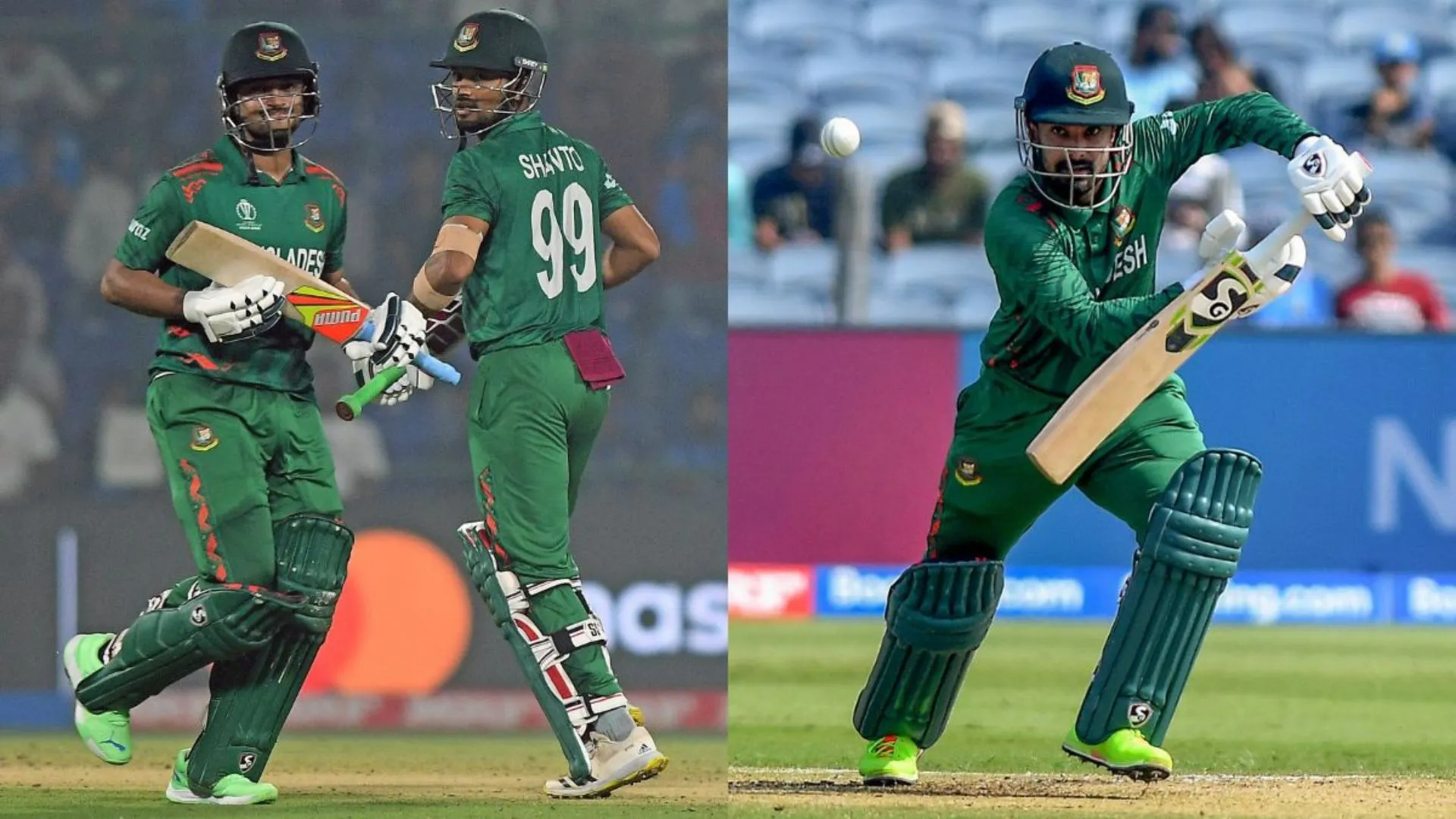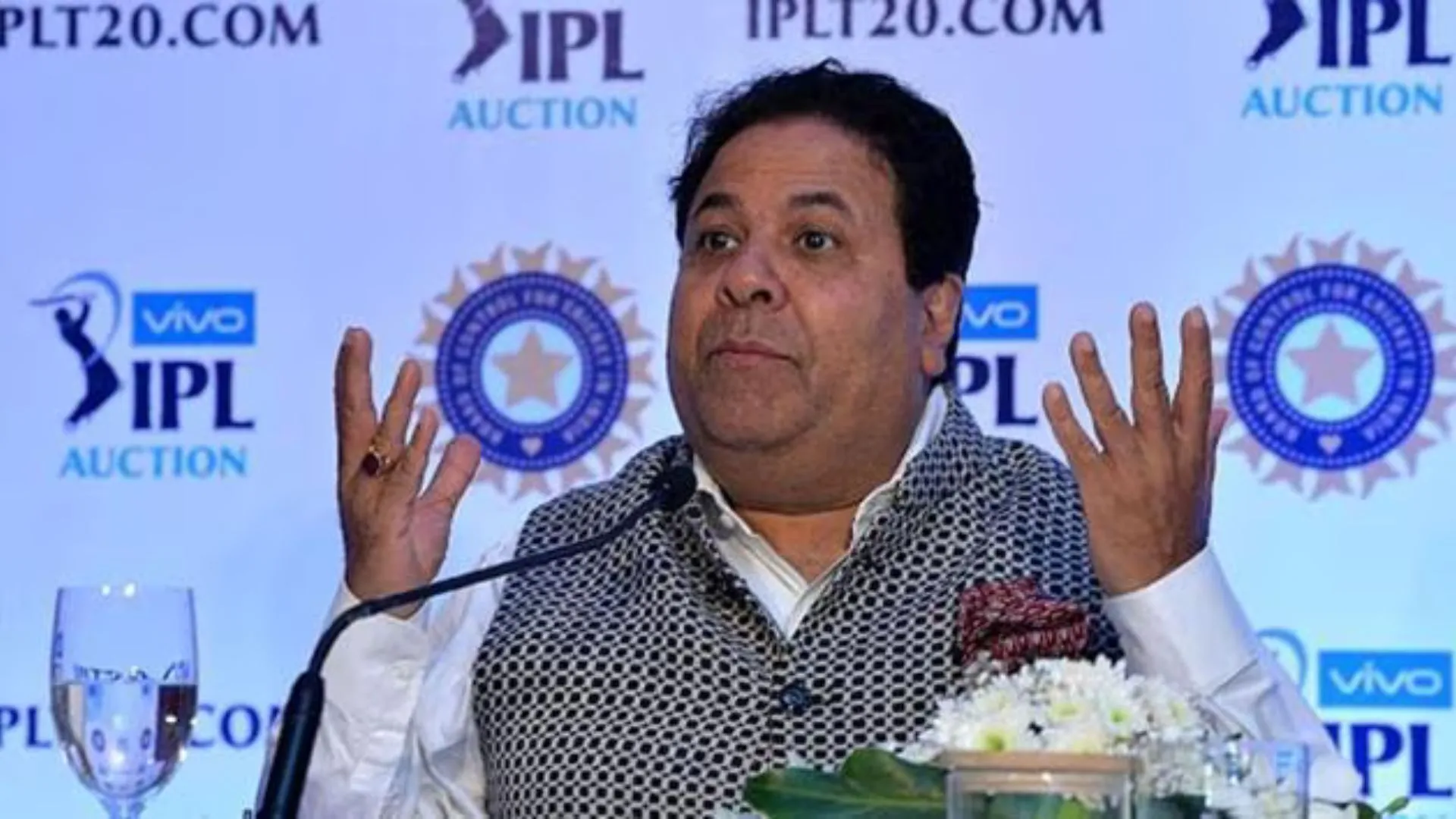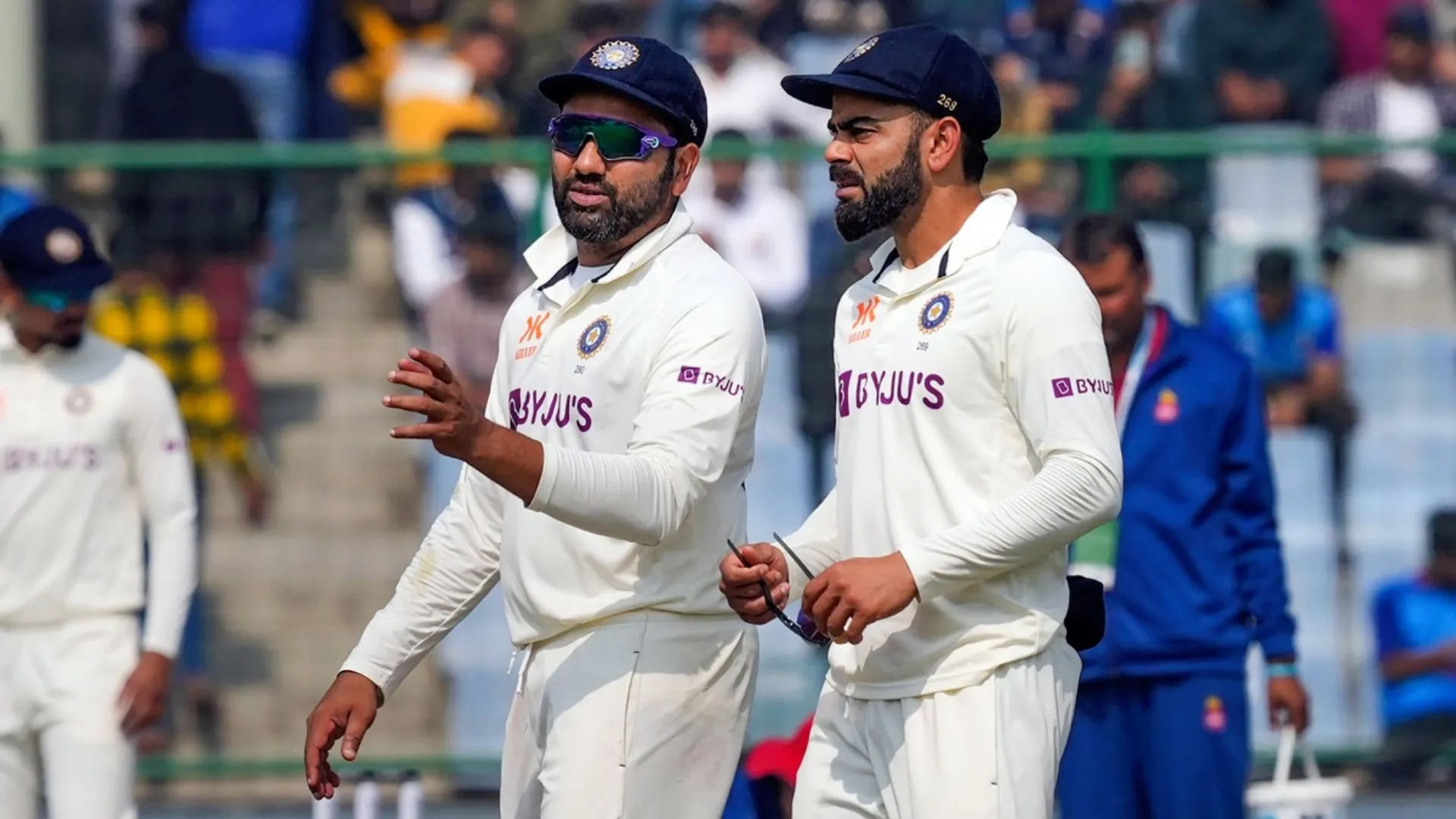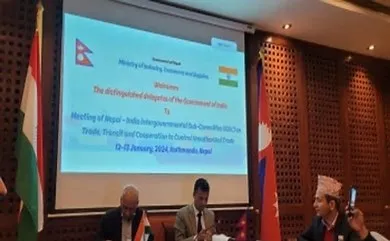In limited-over cricket, the DLS method (Duckworth-Lewis-Stern) is crucial in determining the winner in an unavoidable situation for the team batting second.
The Duckworth-Lewis method (also known as the D/L method) is a mathematical formula used to calculate the target score for the team batting second in a limited-overs cricket match that is interrupted due to weather or other factors.
Frank Duckworth and Tony Lewis, statisticians, developed the Duckworth Lewis Method. This method is known as the Duckworth Lewis method after the names of these two men.
After Frank Duckworth and Tony Lewis retired, Professor Steven Stern (Department of Statistics, Queensland University of Technology) became the method’s custodian. The Duckworth-Lewis method was renamed the Duckworth-Lewis-Stern method (or DLS method) in November 2014.
People are becoming more interested in cricket as it is widely played in almost every country. Cricket is also regarded as the world’s most popular sport, trailing only football and rugby World Cups.
The cricket was played in two sessions, with a team batting in pairs against the bowling team in the first session and vice versa in the second.
When the game is interrupted by rain, the enjoyment of the game suffers. The Duckworth Lewis Method is used in such cases.
The par score is the total that a chasing team should have reached if they were ‘X’ wickets down at the time of the interruption, whereas the target score is the revised score that a team is required to achieve after an interruption.






















